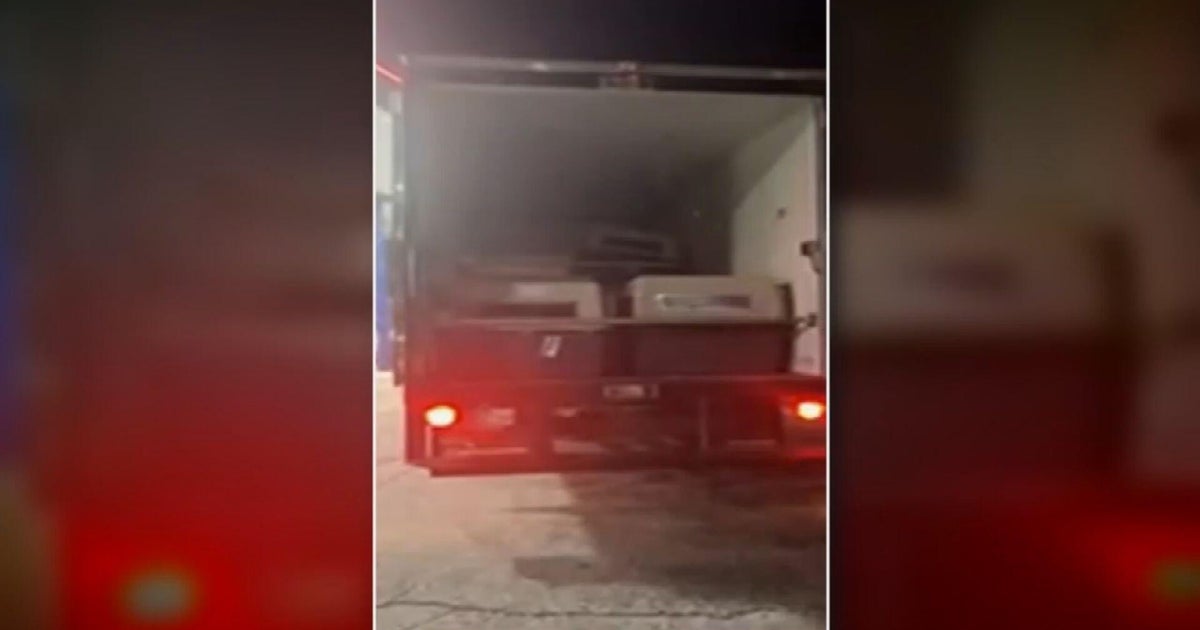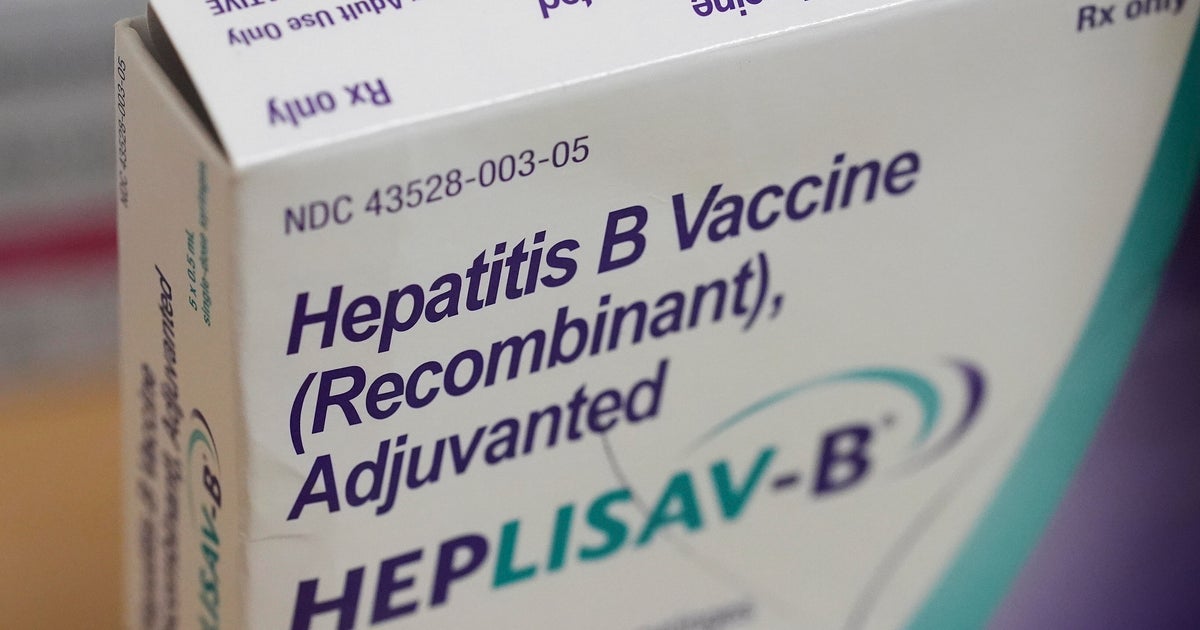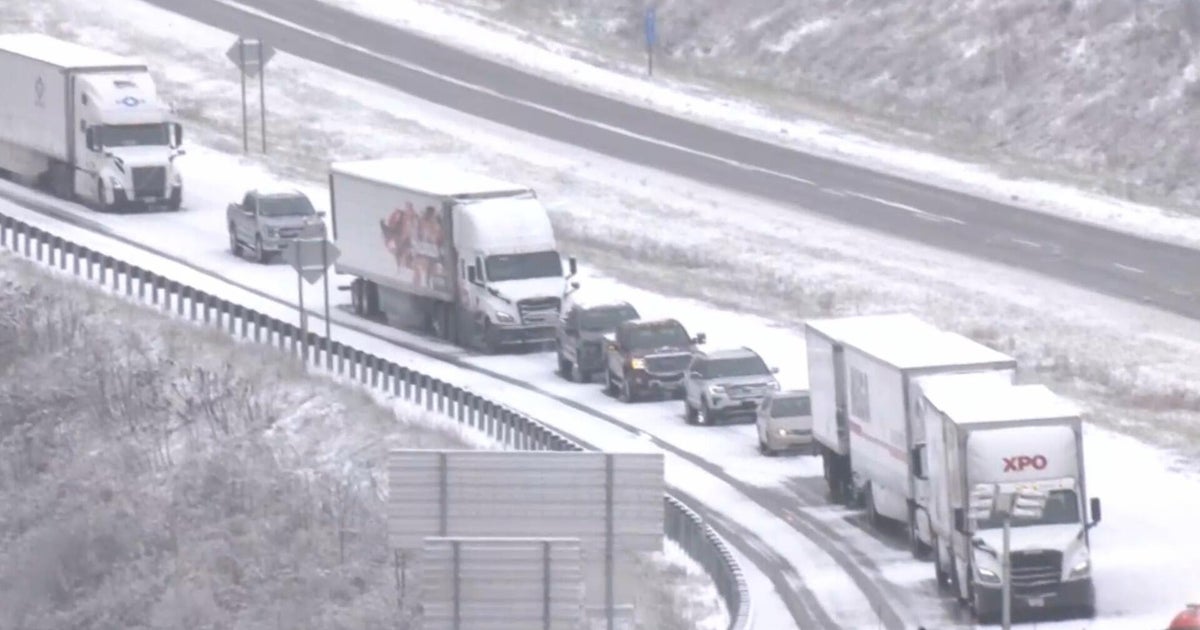Report shows how badly Lake Michigan is affected by rising water levels, climate change
CHICAGO (CBS) -- If you regularly visit Lake Michigan, you know lake levels are going up and the space at the beach is going down.
A report by the Environmental Law and Policy Center has identified 12 hot spots along Lake Michigan already impacted by changing water levels and storms related to climate change.
It shows Chicago beaches are bearing the brunt of the erosion. CBS 2's Tara Molina talked to the experts and has the story from Rogers Park.
Folks at one of the affected areas said they're used to changing lake levels. But experts said buildings like this one on Loyola's campus, right on the lake, could be at risk moving forward.
Howard Beach in Rogers Park is a memory.
"This was kind of a small beach."
A not-too-distant memory for Meg Rhem.
"If you look at where the rocks are the beach was out in the water, it went much farther. The lake is really high," Rhem said.
She raised her daughter on sand, now covered by rising waves. The entire beach is filled-in.
"Some of the most precious pictures I have of my daughter are with a bucket and in that sand," Rhem said.
That area bore the brunt of rising lake levels back in 2019 and 2020. When the lake reached a record high, storms bringing 35 mph winds and nine-foot waves battering the shoreline.
Howard Learner, Executive Director of the Environmental Law and Policy Center said it will happen again.
"We are going to see some very high water levels going forward. And if those happen to be high water levels at a time with intensive storms? We are looking at flooding," Learner said.
And that's why the area, Chicago's Far North Side, is one of the 12 hot spots the Environmental Law and Policy Center identified in the report.
"We have to plan differently going forward," Learner said.
What's at risk? More than those already forced to deal with higher waters once. The report found flooding would impact healthcare facilities, schools, public transit and more here...including buildings on Loyola University's campus.
"This is what's coming. It's getting worse. The impacts of climate change are serious. How do we build a more resilient shoreline," asked Learner.
"But when the lake levels return to normal, people seem to forget about it and say we don't have to worry about it now."
Dr. Don Wuebbles, a Professor of Atmospheric Science at the University of Illinois, agrees. Planning needs to be happening now.
Telling CBS 2 areas like this one can't afford to wait for the next 2019.
"You need to start planning now to deal with those erosion issues. So you don't have to face them when the time comes," Wuebbles said.
Because, they said, we've already seen what's at stake if nothing is done.
"The lake belongs to all of us. We all love Lake Michigan. We have a real opportunity here, looking forward, to have a more resilient lakefront we can all use and enjoy," noted Learner.
"Hopefully we do. Take the responsibility for keeping the lake," Rhem said.
"What we are learning based on the sound science of climate change is that things are changing. The water levels are getting mostly higher, although sometimes lower, and if you combine those high water levels with more intense storms and waves then you wind up having beaches like Howard beach get eroded all together," Learner said.
"The priority is to protect. The priority is also to change the way we think about the lakefront and not let bad situations become worse. We need to plan for the future. We need to do overall planning based on what we know today," he added.
Early this year, the Department of Natural Resources allocated $74 million to build underwater reefs as well as offshore ridges to protect the shoreline from waves and currents to keep part of the Illinois shoreline from washing away. We are still waiting to learn how that help here in Chicago.
Here is the list of the 12 areas highlighted in the report:
-Two Rivers Wastewater Treatment Plant (Wisconsin)
-Manitowoc Wastewater Treatment Plant (Wisconsin)
-Alliant Edgewater Coal Plant (Wisconsin)
-Zion Nuclear Spent Fuel Storage Site
-Waukegan
-Chicago's Far North Side
-Chicago's Central Shoreline
-Chicago's South Shore Neighborhood
-East Side Neighborhood
-State Line Coal Plant (Indiana)
-U.S. Steel Gary Works Facility (Indiana)
-City of South Haven Wastewater Treatment Plant (Michigan)







